

Imagine a world where a simple wristband could alert a doctor to a patient’s irregular heartbeat before it becomes a crisis, or where a smartwatch helps someone with diabetes manage their condition with real-time glucose insights. Wearable technology, once confined to fitness enthusiasts tracking
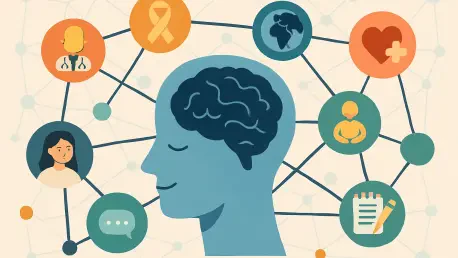
As we dive into the complex world of healthcare policy, I'm thrilled to sit down with Ivan Kairatov, a renowned biopharma expert whose deep understanding of technology and innovation in the industry, coupled with extensive experience in research and development, offers invaluable insights. Today,
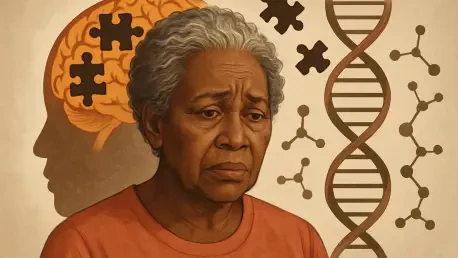
In a landscape where Alzheimer’s disease continues to challenge medical researchers and impact millions of lives, a pioneering study has emerged to address a long-standing gap in understanding the disease among African Americans. This demographic, often overlooked in genomic research, faces a
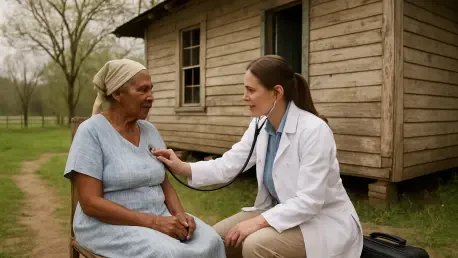
In the heart of rural America, where hospital closures have left entire communities without emergency care, a staggering crisis unfolds as over 150 facilities have shuttered their doors since tracking began, compounded by a projected $137 billion reduction in federal healthcare spending over the
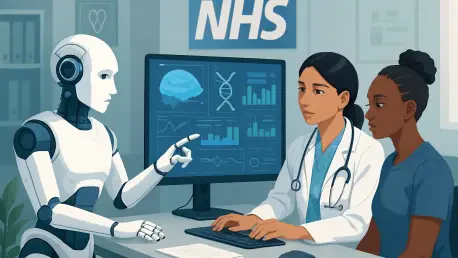
The United Kingdom stands at the forefront of a transformative movement in healthcare, leveraging artificial intelligence (AI) to redefine how medical services are delivered through the National Health Service (NHS). With a sharp focus on enhancing diagnostics, improving early disease detection,
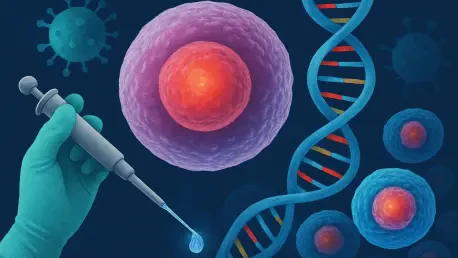
I'm thrilled to sit down with Ivan Kairatov, a renowned biopharma expert whose extensive experience in research, development, and innovation has positioned him as a thought leader in the cell and gene therapy (CGT) industry. With a sharp focus on emerging technologies and strategic growth, Ivan
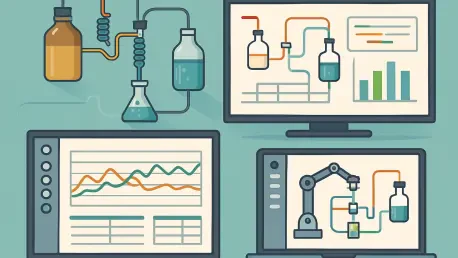
Imagine a laboratory where complex chemical reactions unfold without constant human oversight, where precision and efficiency are elevated by cutting-edge technology that anticipates and optimizes every step of the process. This vision is becoming a reality with the latest reaction automation
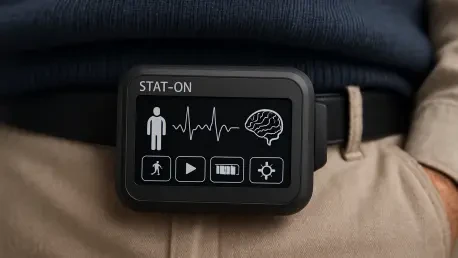
In a quiet suburban home, an elderly man struggles to pour a cup of coffee, his hands trembling uncontrollably as the liquid spills over the counter, a scene repeated daily for millions with Parkinson’s disease (PD). This heartbreaking reality captures the profound impact of a condition that
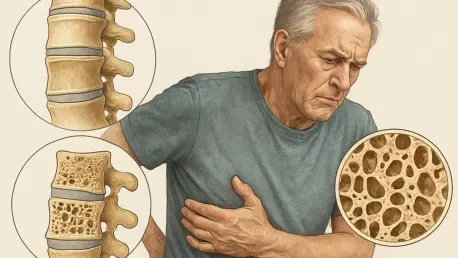
Imagine a condition so stealthy that it silently weakens bones over decades, only revealing itself through a devastating fracture that could rob a person of independence or even life—yet it’s rarely discussed in relation to half the population. Osteoporosis, long branded as a women’s health
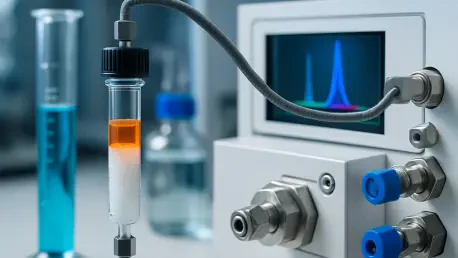
What if a single misplaced molecule could halt the progress of a life-saving drug? In the fast-evolving world of biopharmaceuticals, oligonucleotide therapeutics stand at the forefront, offering hope for untreatable genetic disorders and rare diseases with their ability to target conditions at the
ITCurated uses cookies to personalize your experience on our website. By continuing to use this site, you agree to our Cookie Policy